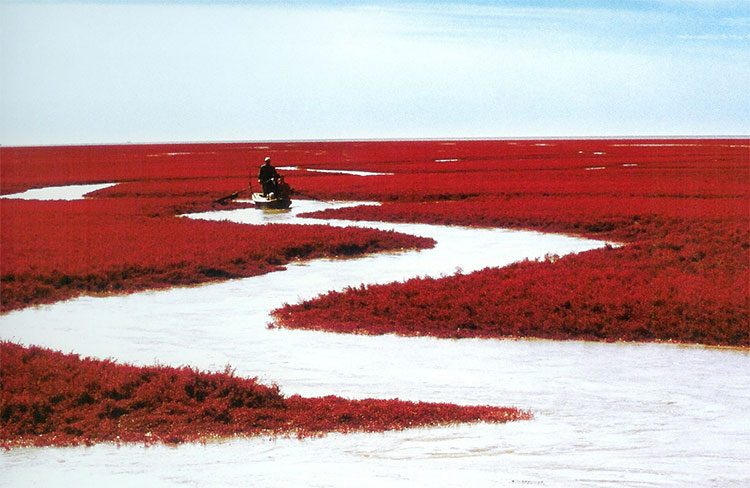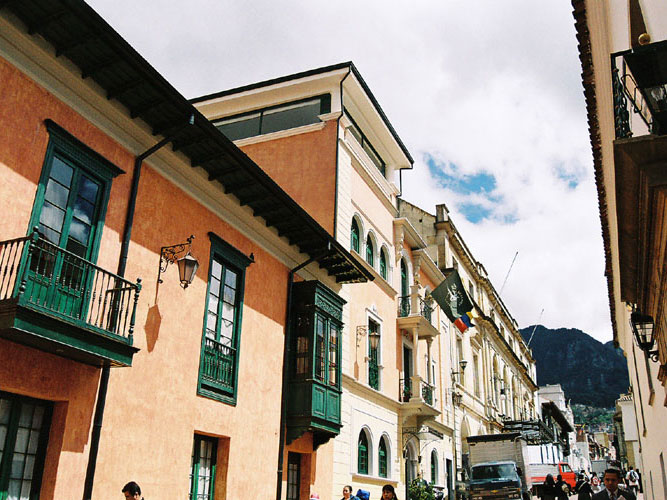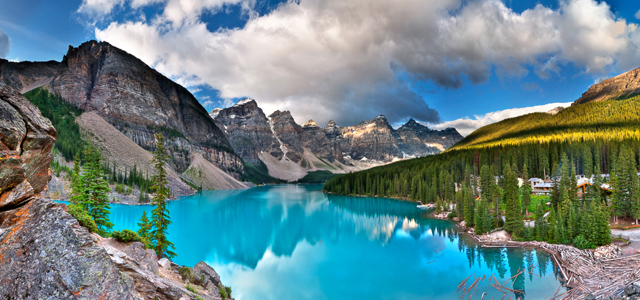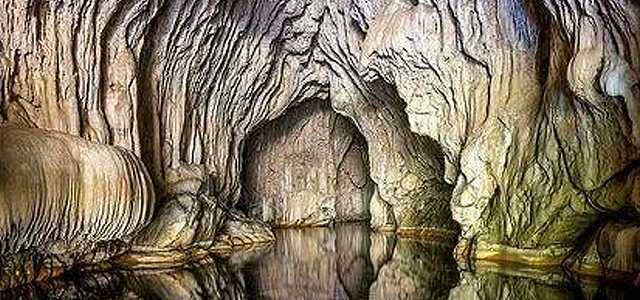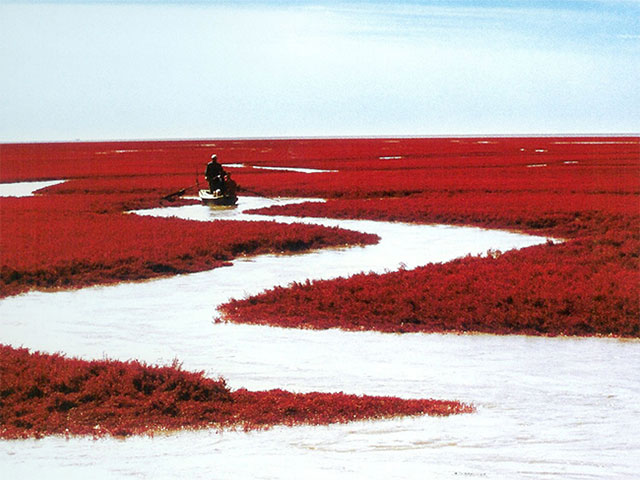
Snapshot: Behold the Panjin Red Sea Beach
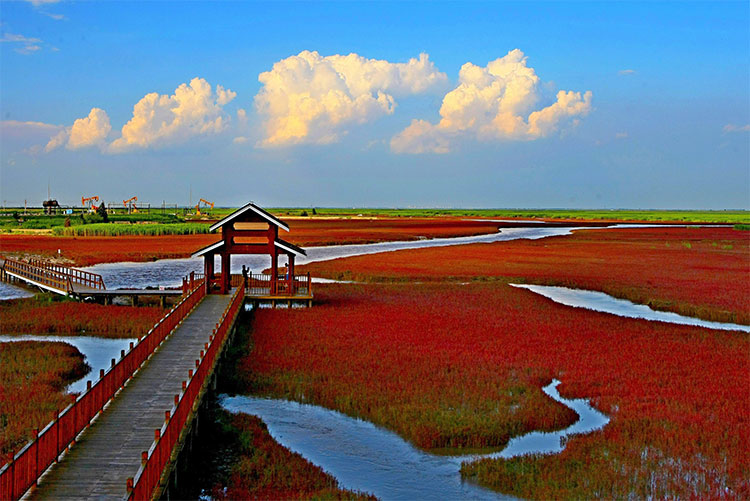
From far, this vivid shade of red sea paints a stunning picture, but this is not your usual type of beach, in fact, it’s really not even a beach at all.
The Red Sea beach in the Dawa County, Panjin, Liaoning, China is not covered in sand, but a result of the Chenopodiaceae, Suaeda salsa plant. This plant grows in abundance at this Panjin Red Beach, home to the world’s biggest wetland and reed marsh.
Largely consisting of shallow seas and tide-lands, the Suaeda seaweed starts mushrooming into a green hue during April and May and stays that way throughout summer. Once autumn comes around, it transforms into a vibrant red that puts the Red Sea Beach on a must-visit list for travellers.
The area isn’t just flooded with the Suaeda weed; the Red Beach is actually a thriving eco-system that’s home to over 260 species of birds and around 400 of wild animals. Nicknamed “home of the cranes”, it’s home to exotic cranes like the Crown Cranes and the Black Beaked Gulls. The region is under state-level protection since 1988, to allow the ecosystem to flourish. Thankfully, there is still a tiny section open for tourists who have learned about the bright red sea.
If this is on your bucket list, don’t wait too long to visit, you never know when they’ll close the place up to shield the wetlands from tarnish. Have you enjoyed the visual feast that is the Red Sea Beach yet?
